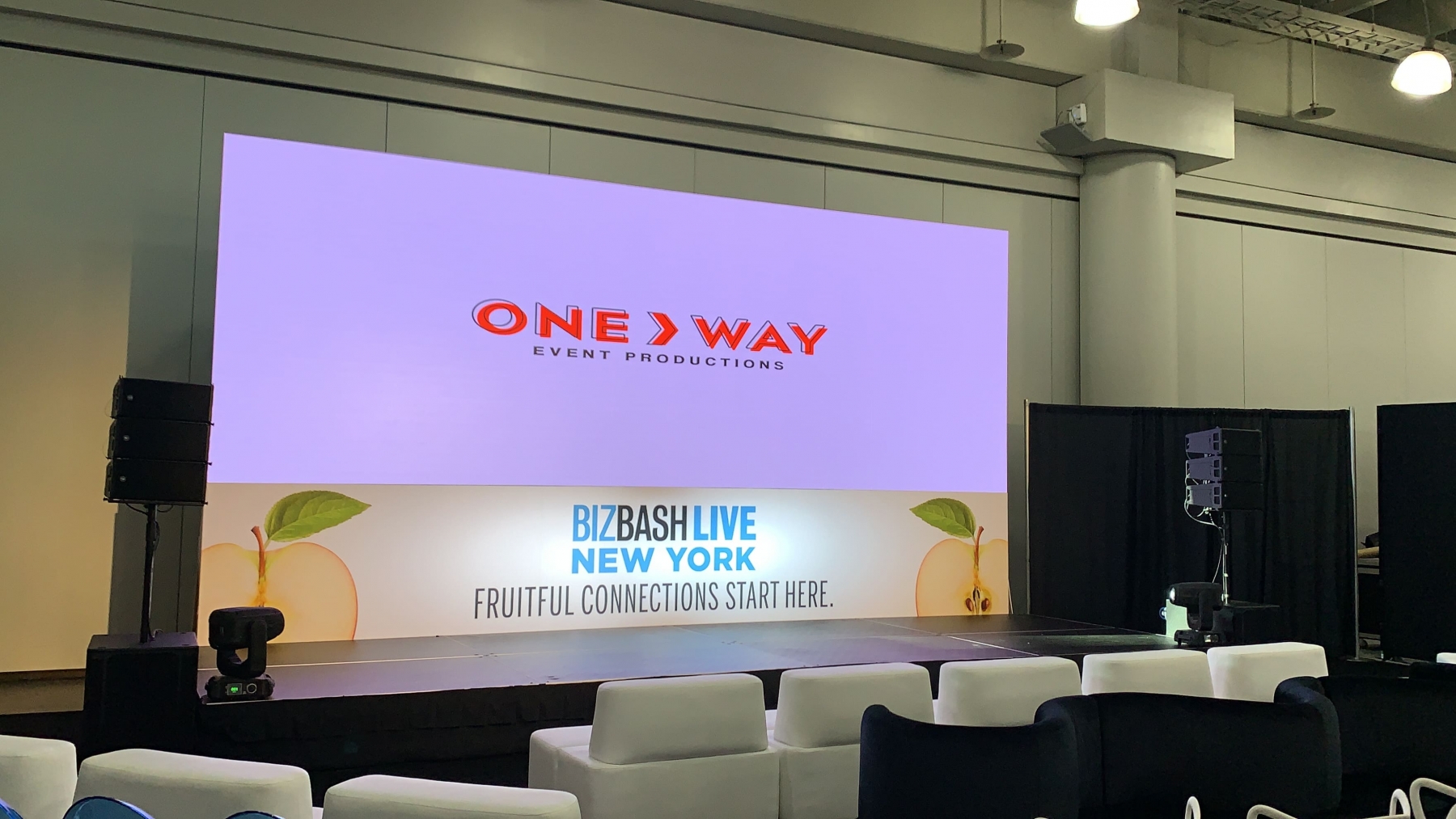Illumination plays a vital part in motion mapping because it establishes the mood and feel of the display. Different illumination techniques can evoke various feelings and reactions from the audience. For instance, using gentle, cozy illumination can create a inviting atmosphere, while vivid, cold illumination may create a more energetic or dramatic effect. By carefully choosing light colors and intensities, artists can influence how audience perceive the displayed images, leading to a more immersive experience. The equilibrium between projection luminance and surrounding illumination is essential, as it can greatly impact the visibility and effect of the visuals.
In addition to, color and brightness, the angle of illumination also influences the effectiveness of mapping. Illumination from different directions can generate shadows useful site and accents that add dimension to the projected images. This technique, known as chiaroscuro, can improve the three-dimensionality of the subjects being mapped. Furthermore, using dynamic lights can introduce dynamism to the display, making the experience more involving for the audience. When the light collides with the projected visuals, it can create an effect of motion and change, grabbing the viewers' attention.
Another important aspect of illumination in mapping is the use of special features. Techniques such as gobo illumination, which employs patterns and forms to filter light, can introduce depth and intricacy to the mapping. This method try these out enables creators to layer images and produce visually captivating results that complement the mapping. Additionally, incorporating lasers or LED illumination can further improve the exhibit, offering a distinct mix of visual components that attract the audience in. These special effects, when used carefully, can transform the mapping into a simple show to an immersive work of art.
In summary, the impact of illumination methods on motion mapping is profound. By understanding how different illumination elements interact with mapped visuals, creators can produce captivating experiences that resonate with viewers. The thoughtful selection of color, brightness, angle, and unique effects enables for a vivid tapestry of visual narrative. As tech advances to evolve, the options for artistic expression in projection will only expand, making lighting an increasingly vital component in this progressive creative form.
